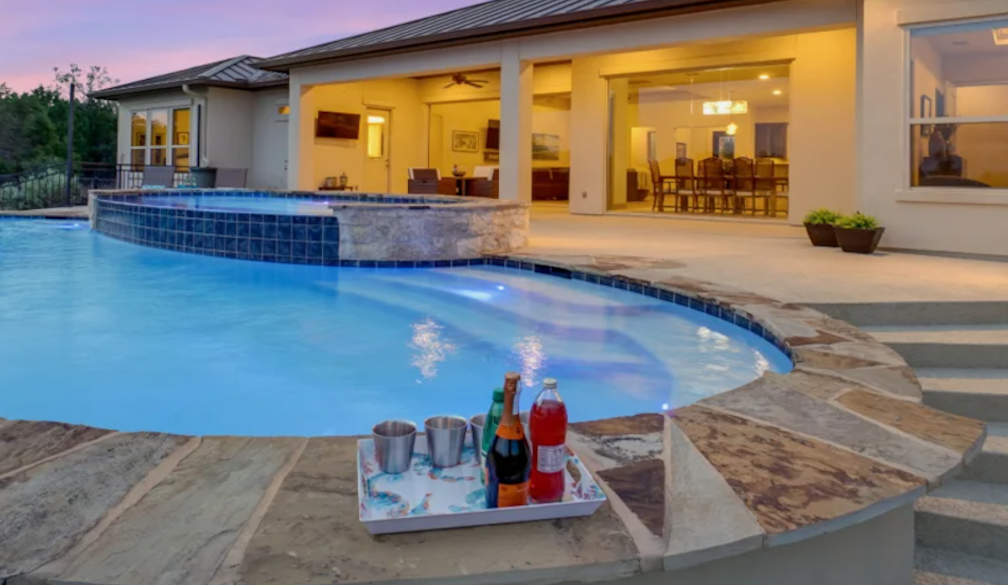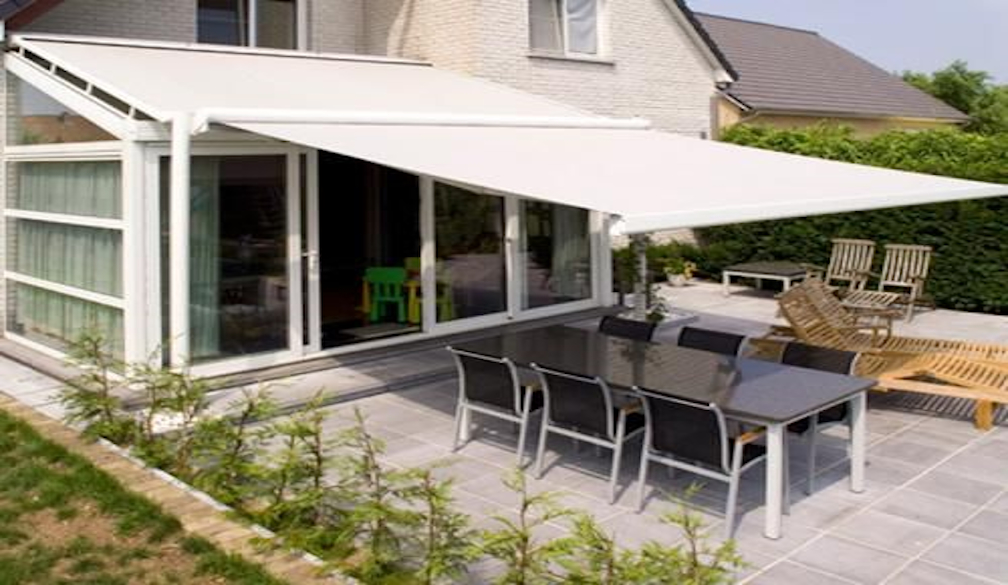Surfboard Shopping Tips

Surfing is one of the most beloved pastimes in Australia. It’s not surprising when you remember that more than 80 percent of the country’s population lives in coastal areas. When you’re trying to find the best softboards Australia, however, there is so much information and so many different board types, it can be hard to know where to begin looking, regardless of your current level.
Here are some helpful questions to ask yourself when you’re surfboard shopping.
Question 1: What is My Current Level?
Your current level of skill and experience in surfing is probably the most important factor to consider when shopping for a new board. Beginner surfers benefit most from larger boards with extra stability. Advanced surfers tend to like boards with more attention paid to the rocket, outline, shape of the bottom and other details.
If you’re shopping in a brick-and-mortar store, be sure to let the attendant know --- and be honest --- about your current level and experience. If you try to impress the salesperson, you’ll likely get an unsuitable board and then have a bad time out on the water. Even worse, you might have an unsafe time out on the water.
Question 2: What is My Budget?
Some people get caught out by how expensive boards can be, but that’s also perhaps because they’re looking at the wrong kinds of boards. More professional boards tend to cost more money, while beginner boards are generally more affordable. It’s not set in stone, of course, but that’s a pretty common rule of thumb.
Research common prices and set yourself a budget that fits with the type of board you know you need according to your level.
Question 3: What Are My Local Waves Like?
Does your local beach provide you with spilling waves that are produced on a gently sloping ocean floor? Surfers call them mushy waves and they create a lot of whitewater, taking a longer time to break than other wave types. Other types include plunging waves where there is a steep ocean floor and more ocean wind; surging waves that have a fast-moving base with no major crest evolving; or collapsing waves that blend together plunging and surging waves.
Talk to your local surfing community and ask about local waves if you’re not sure.
Question 4: How Big is My Car?
If you have to drive your surfboard to the beach --- not everyone is lucky enough to live right on the water --- then you’ll have to be sure that its dimensions can fit either inside your car or on the roof. It would be an awkward moment to realise a board you just spent hundreds of dollars one didn’t then fit in your car.
Question 5: What Kind of Fin Setup Is Needed?
When choosing a board, the style of fins that you want are a key factor. There are several different styles of fin setup: single fin, twin fin, thruster, quad, and five fin being the main ones. The kind of waves you get in your local area need to be well matched with the way the fins on your board are placed.
Question 6: Do I Already Own a Surfboard?
Finally, an additional question to ask is whether you already own a board or not. If you already own a large softboard, for instance, that’s in perfect condition, then there’s not much point buying a second one. If your level is increasing as you practice on that larger board, you might then consider adding something smaller to your collection for when you graduate to a high skill level.
Surfboards are generally not so cheap, so duplicating existing stock is not a good idea.


